March 26, 2015
OLD
Originally posted on May 17, 2010
The world of multi-hued creatures never fails to amaze and amuse with its incessant and often clever usage of color. The Language of Color at the Harvard Museum of Natural History (a display that is no longer available for viewing) there were many examples of birds, mammals, reptiles, fish and insects included, demonstrated and taught how certain specimens ward off danger, defy their predators and relentlessly attract the opposite sex.
•Coral snakes advertise that they choose not to be eaten by wearing bright rings of color
•Milk snakes adapt the same means of warning, even though they are not truly poisonous (but its a great way to get your enemies to think you are)!
•Similarly many species of butterflies imitate their bad tasting relatives in their brilliant patterning of orange, yellow and black
•Cuttlefish can change their colors to conform to their surroundings—effectively camouflaging themselves so that they can eat their would-be assailants.
•Some species of mice adapt to their environment by being sand colored at the beach and earth colored if they live on the land.
•Some species absorb pigment through the foods that they eat and metabolize, for example, the scarlet ibis, which eats crabs, and shrimps, which, in turn, eat red algae.
•As vivid as a brightly colored parrot may appear to humans, they are even brighter to each other, as their perception of color allows them to see the ultraviolet spectrum
•Microstructures in fur, feathers or scales reflect only certain wavelengths of color. Frogs are seen as green because they reflect blue light through yellow pigment.
•The white hairs of a polar bear are clear, lacking the pigment to absorb wavelengths, or reflect certain wavelengths. As a result, they reflect back the entire spectrum, which results in our perception of the polar bear as white.
•A male bird of paradise from New Guinea flashes much bolder colors than the females, in effort to attract. (The males of many species are often brighter than the female).
•If a male parrotfish gets eaten, the dominant female changes her sex—and puts on his brilliant colors.
(Editors Note: Now that’s what we call “survival of the fittest!)
NEW
“The changing color of a chameleon’s body is an impressive sight—but how it happens has long been a significant scientific question without a compelling answer. Now, researchers have identified a thin layer of deformable nanocyrstals in their skin which gives rise to the phenomenon.”
BORROWED
The final portion of this blog post on the color changing trend is courtesy of technology trends.
Technology is also impacting product development with amazing effects in fabrics and fabrications. These products change color based on the heat generated by the wearer’s neural activity.

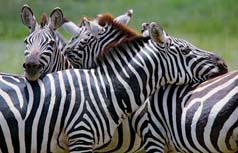
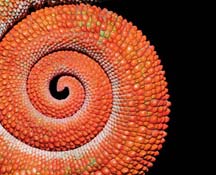
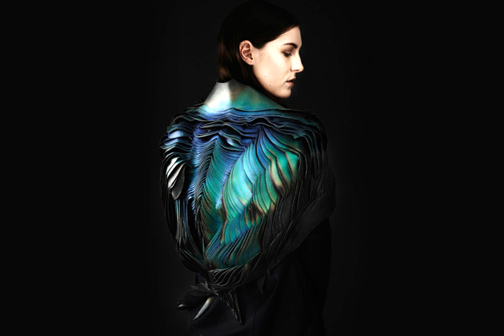
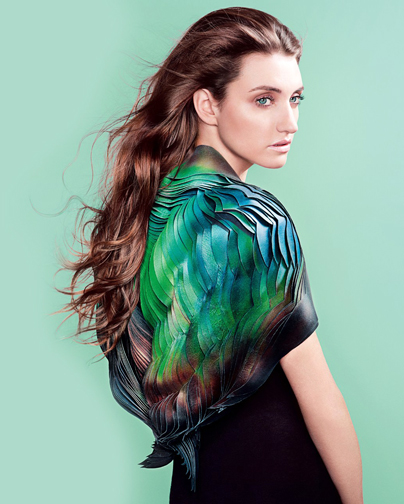
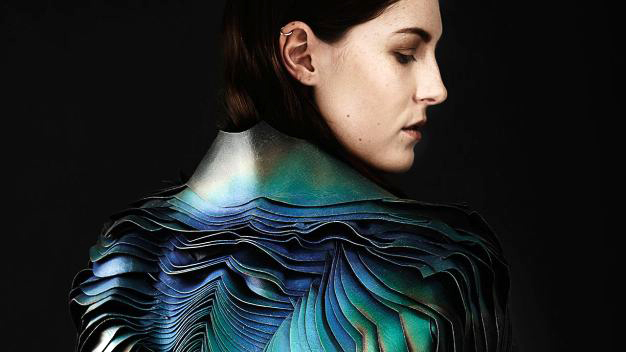

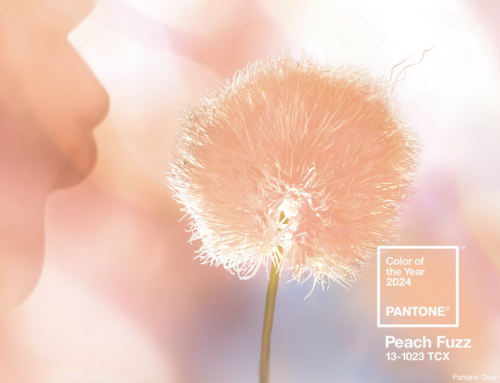



Reblogged this on Life Potentials Network and commented:
Always love Leatrice Eiseman’s posts. Follow her to get them all!
Diantha, you are a true supporter. I love it! Thank you so much.
[…] Something Old, Something New, Something Borrowed That Changes Blue #TBT. […]
Reblogged this on Mags Loves Jimi and commented:
The more things change, the more the stay the same… a colour story